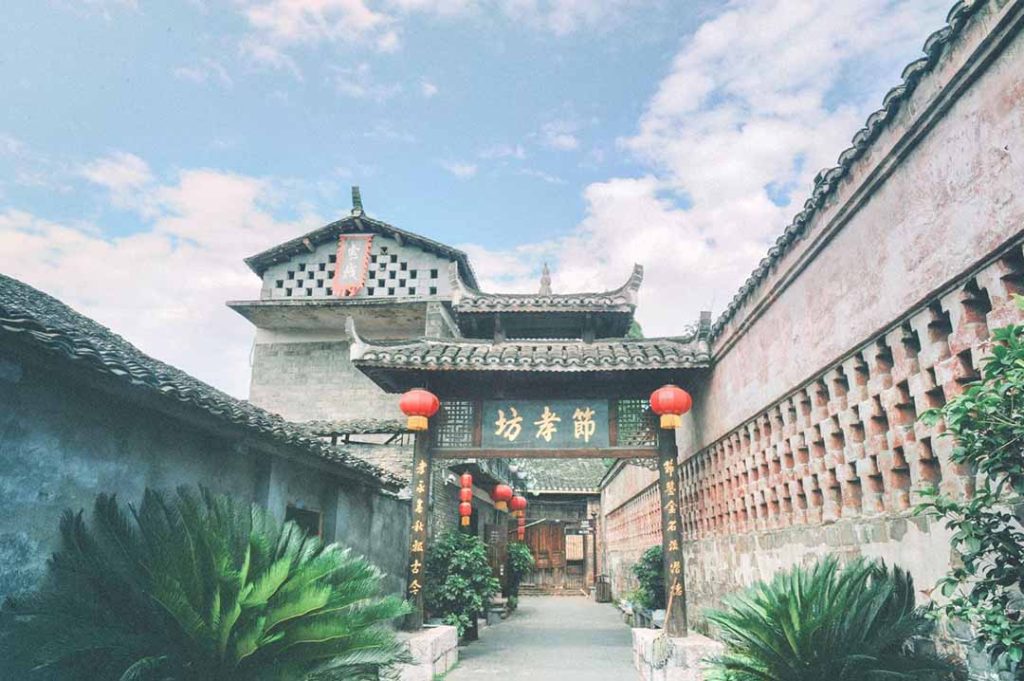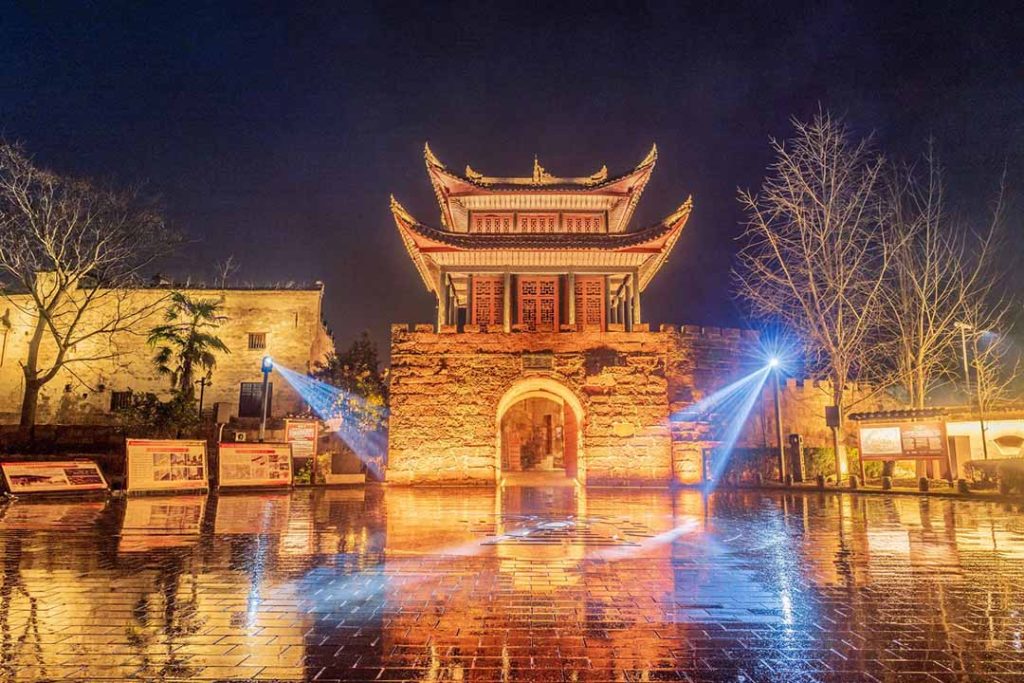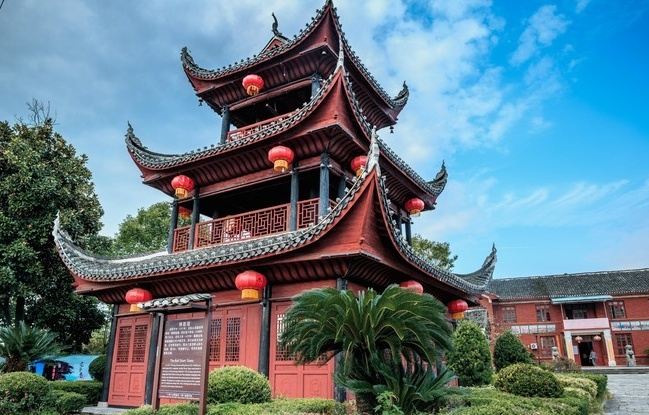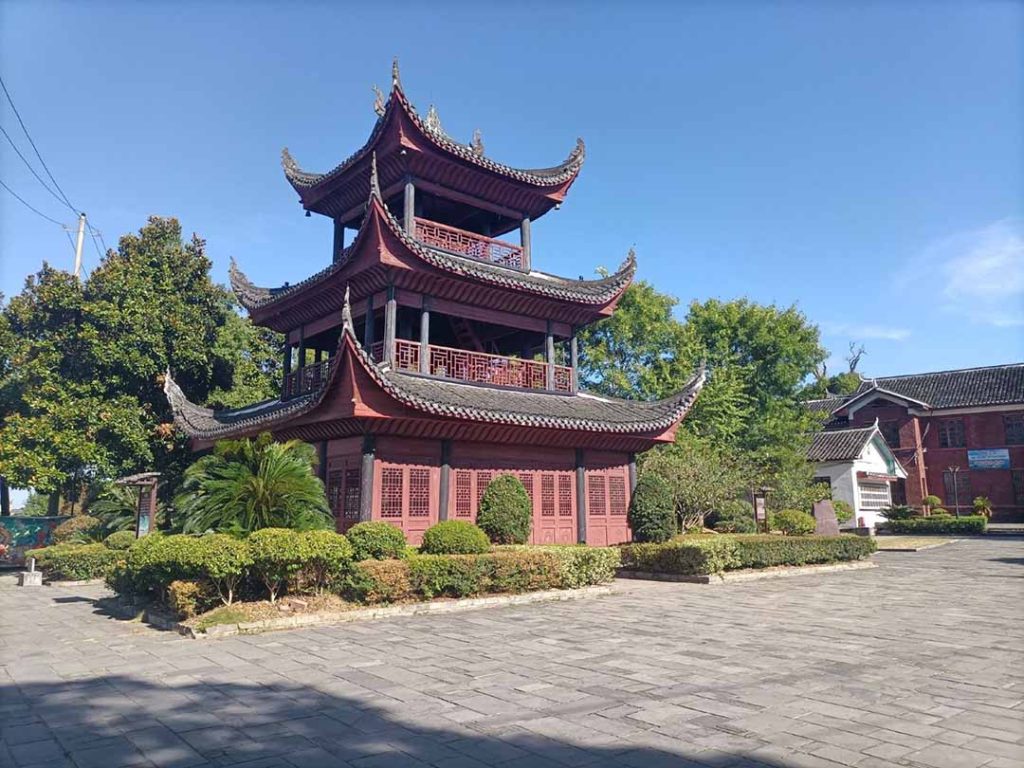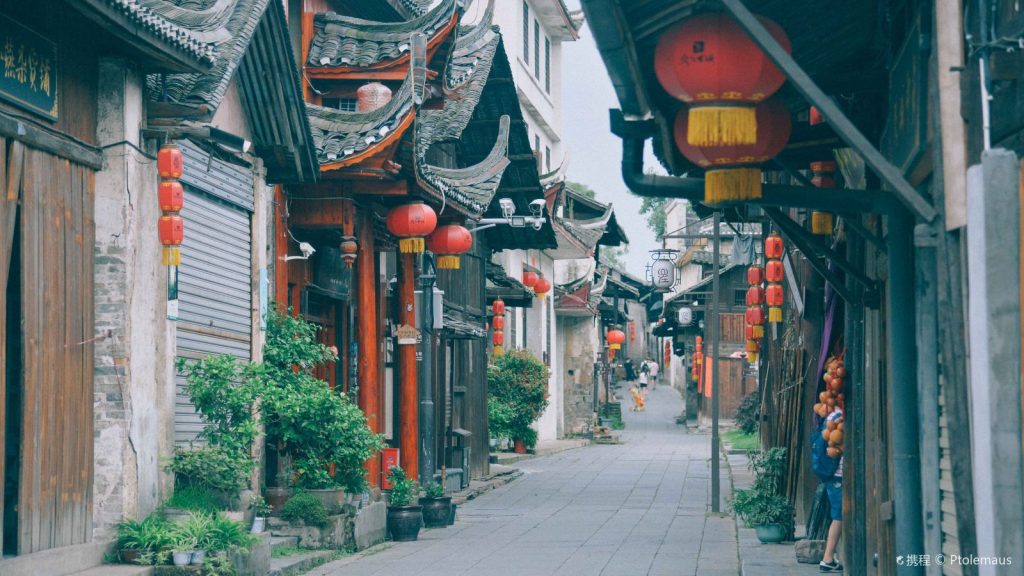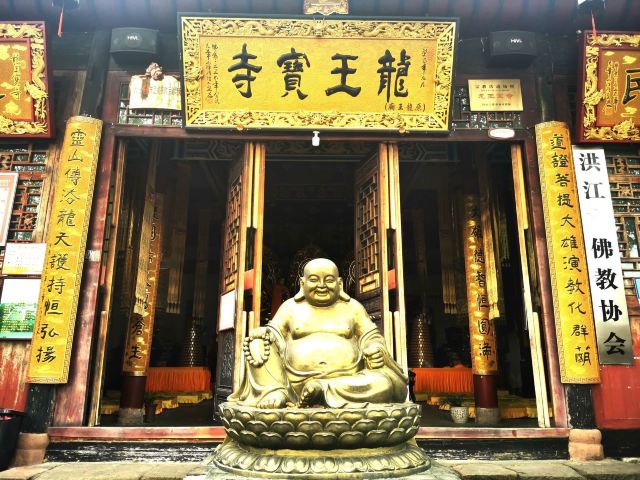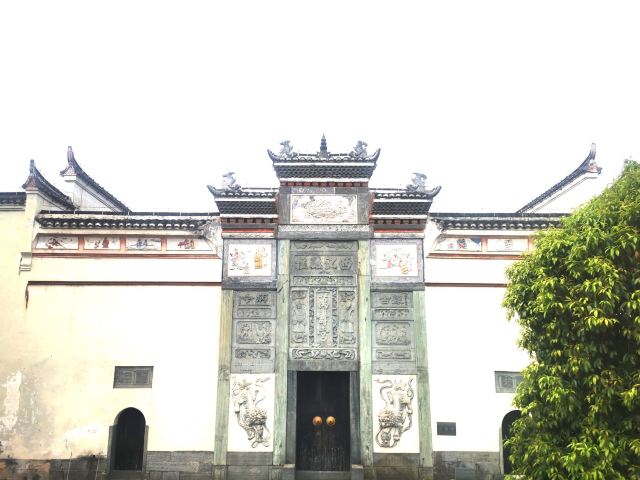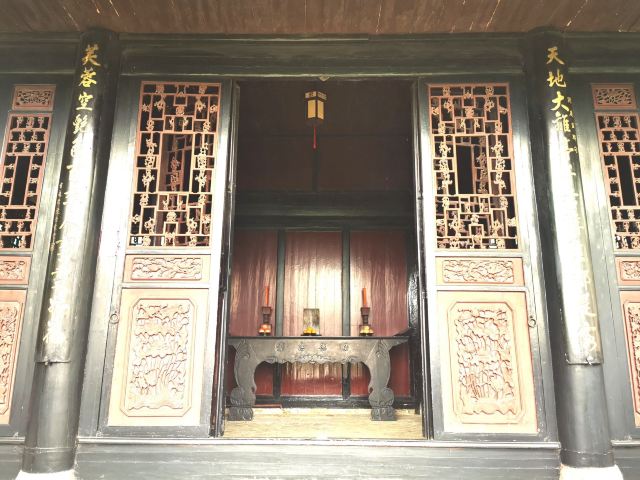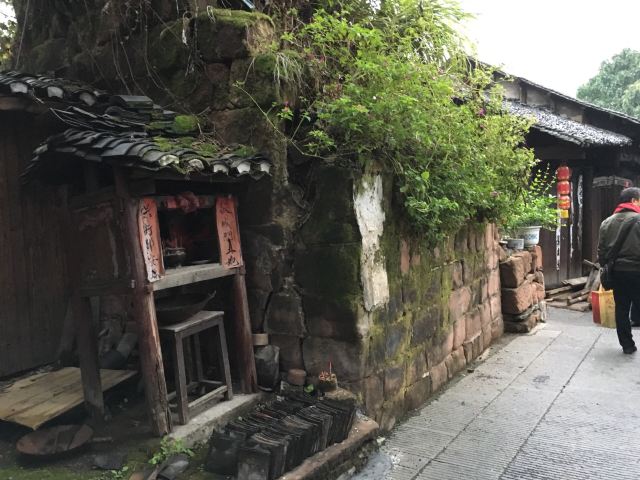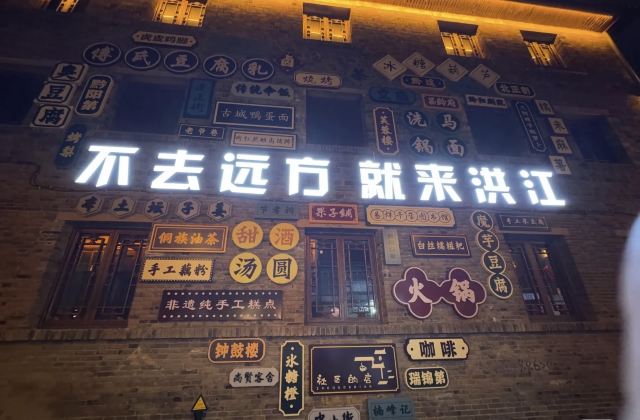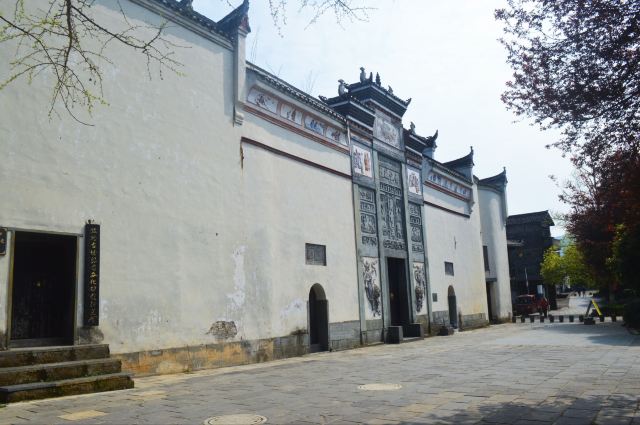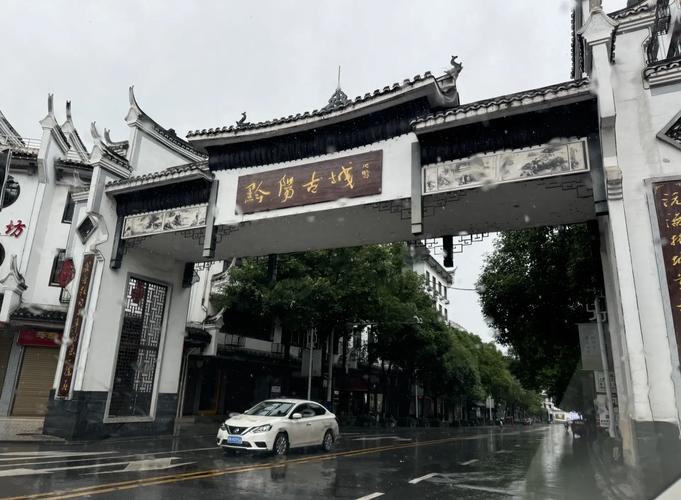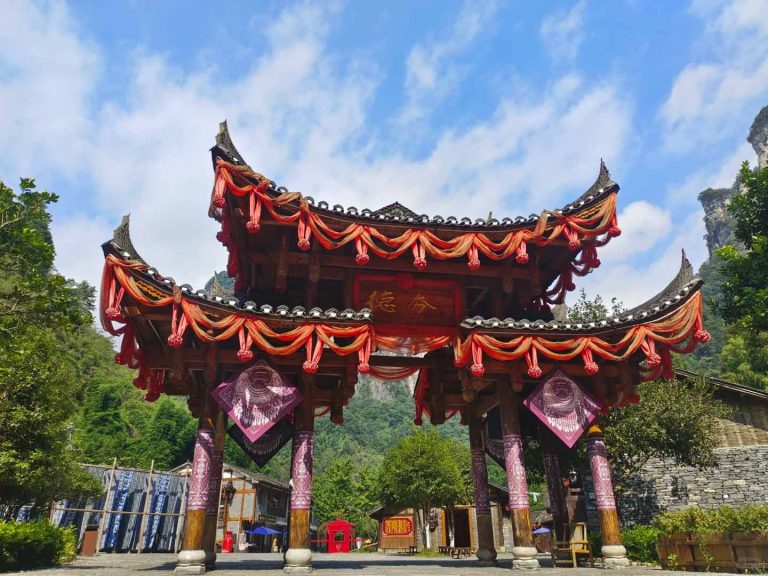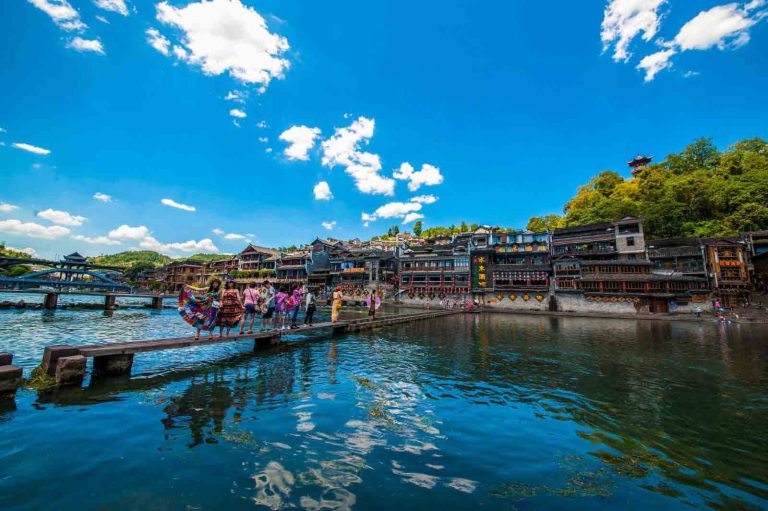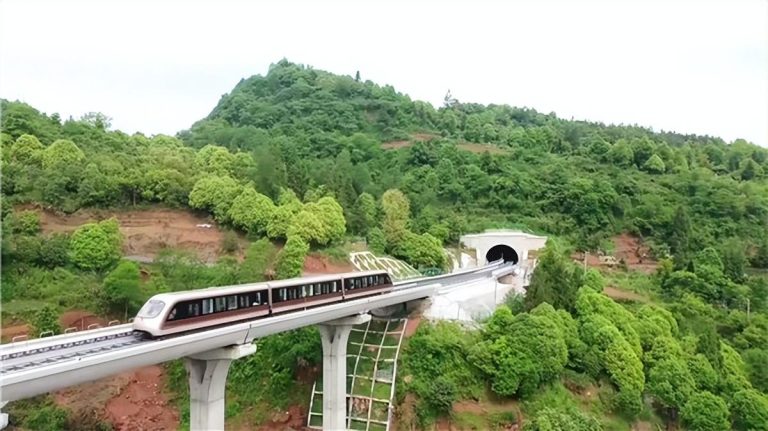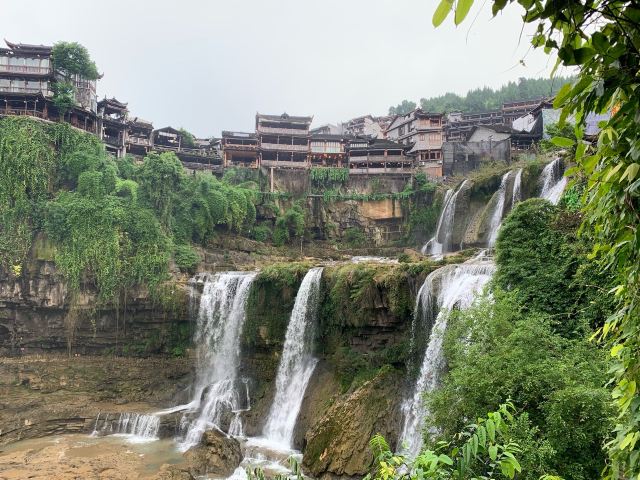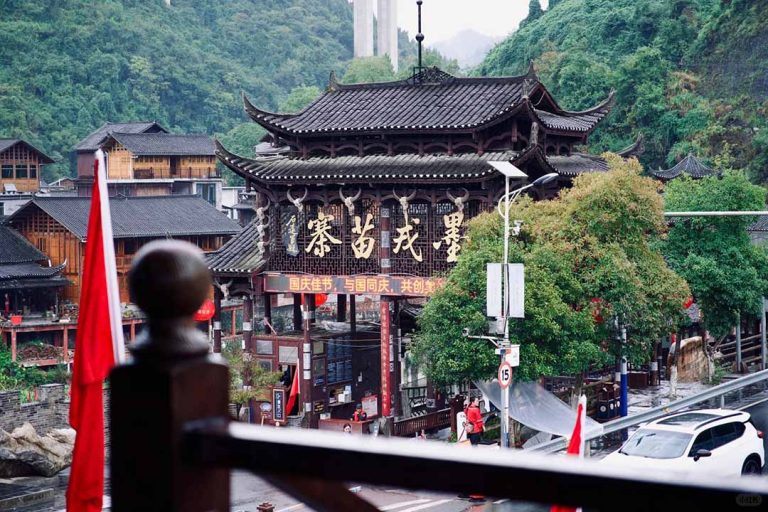Address
Furong Road, Qiancheng Town
Open time
Open in the park; open from 08:30-17:30 (ticket sales will be stopped at 16:30)
Official phone
Ticketing consultation: 0745-7229899
In Hongjiang City, Huaihua City, Hunan Province, at the intersection of Yuanjiang and Wushui, there is a thousand-year-old ancient city in Qianyang, an ancient city that is 900 years earlier than the ancient city of Phoenix. It is one of the most well-preserved ancient cities in the Ming and Qing Dynasties in the country. It is known as ‘the first ancient town in western Hunan’ and ‘the gate of Yunnan and Guizhou’. The ancient pattern, the bluestone road, the courtyard of the Ming and Qing Dynasties, and the ancient wharf are scattered among them, like a ‘living Xiangchu history book’.
1. Basic situation and geographical location
(a) Geographical location
The ancient city of Qianyang is located in Qiancheng Town, Hongjiang City, Huaihua City, Hunan Province, located in the upper reaches of the Yuanjiang River, connecting Huaihua City in the east (about 35 kilometers), Xilianzhijiang County (about 20 kilometers), and Chenxi County in the north (about 40). It is located at the transportation node at the junction of Xiangxi, eastern and northern Guangxi. It takes about 40 minutes to drive along the Shanghai-Kunming Expressway and Baomao Expressway from the urban area of Huaihua; you can also take the intercity shuttle from Huaihua to Hongjiang (about 1 hour, the fare is 15 yuan/ People), get off at Qiancheng Bus Station and walk for 10 minutes to reach the entrance of the ancient city.
(2) Basic overview
The ancient city of Qianyang was built in the fifth year of Emperor Gaozu of the Western Han Dynasty (202 BC), and was initially a county government office. ‘The throat of Yunnan and Guizhou, and the gate of Yuanxiang’ is an important military and commerce town. The total area of the ancient city is about 0.8 square kilometers, and there are more than 300 buildings in Ming and Qing Dynasties, covering various types of dwellings, shops, temples, guild halls, and wharfs, including 5 provincial cultural relics protection units, and municipal-level cultural relics protection units 17 In 2013, it was listed as a famous historical and cultural town in China, and in 2020 it became a national 4A-level tourist attraction.
Different from the ancient town with strong commercialization, there are still nearly 1,000 residents living here in the ancient city of Qianyang. An excellent place with Xiangchu culture.
2. Core Attractions: The History of the Millennium Ancient City
(1) Historical and cultural attractions
- Furong Tower
Furong Tower is the ‘cultural landmark’ of the ancient city of Qianyang. The existing building was rebuilt during the Ming and Qing Dynasties and is located on the bank of the Yuanjiang River. In the building, Wang Changling’s poems and inscriptions, the inscriptions of the literati and writers of the past dynasties, and the folk cultural relics in western Hunan are displayed in the building.
- Qianyang Confucian Temple
Confucian Temple is the largest ancient building complex in the ancient city. It was built in the Northern Song Dynasty. The existing building was rebuilt during the Daoguang period of the Qing Dynasty, covering an area of about 5,000 square meters. The traditional patterns are Lingxingmen, Panchi, Dachengmen, Dacheng Hall, and Chongsheng Temple. In the Dacheng Hall, Confucius and the ‘Four Matches and Twelve Philosophies’ are enshrined The tablet, Liang Fang is carved with exquisite dragon and phoenix, flower and bird patterns, and the craftsmanship is exquisite; in the courtyard, there are many ancient cypresses, and there are many inscriptions, full of a solemn atmosphere of Confucian culture.
- Ancient shops in Nanzheng Street
Nanzheng Street is the core commercial street of the ancient city, with a total length of about 500 meters. There are dozens of shops in the Ming and Qing Dynasties on both sides of the Qingshiban Road. The layout, wooden facades, carved window lattices, and removable door panels (commonly known as ‘slab doors’) are very characteristic of Hunan and Chu. Today, some shops are still operating, selling Xiangxi specialties (such as Hongjiang sweet sauce, Qianyang rock sugar orange, Miao silver jewelry), traditional handicrafts (such as bamboo weaving, wood carving), and cafes and teahouses are interspersed with them, which blends ancient and modern, with a unique charm.
(2) Ancient buildings and natural landscapes
- Bell Tower
The Bell and Drum Tower is located at the intersection of the cross street in the center of the ancient city. It was built in the Ming Dynasty. The building is a three-story brick and wood structure, the first floor is a crossing passage (can be passed), the second floor is hung with bronze bells, and the third floor is placed with large drums. Today, climbing the building can overlook the chessboard pattern of the ‘seven streets and six alleys’ in the ancient city. zitain
- Yuanjiang Ancient Wharf
The ancient city of Qianyang is prosperous because of the water, and there are 5 ancient Ming and Qing ancient wharfs along the Yuanjiang River, among which the ‘big wharf’ and ‘small wharf’ are the most intact. The wharf is paved with bluestone slabs, the steps meander to the river surface, and the slate on the edge is smooth and warm by the footsteps of thousands of years and the river. In the early morning, you can see fishermen docking fishing boats and selling fresh fish here; in the evening, the sunset is sprinkled on the river, sparkling, and the silhouettes of the ancient trees and the ancient city of the wharf form a beautiful picture, which is a beautiful picture of the ancient city. must go. zitain
- Zhang Family Compound
The Zhang family compound is the most well-preserved representative of the Ming and Qing Dynasties in the ancient city. It was built in the Qianlong period of the Qing Dynasty and is the mansion of the local wealthy businessman Zhang family. Wood carvings, stone carvings and brick carvings can be seen everywhere in the courtyard, such as ‘Samsung Highlights’ above the gate, ‘Plum Orchid, Bamboo Chrysanthemum’ on the window lattice The wood carving means auspiciousness and exquisite craftsmanship; there are plaques, calligraphy and paintings of the Qing Dynasty hanging in the main house, which restores the life scenes of the ancient wealthy businessmen, and tourists can visit them (the fee is 10 yuan per person). zitain
(3) Folk experience project
- traditional handmade experience
There are many traditional handicraft workshops in the ancient city, and tourists can experience it:
- Bamboo weaving: learn to weave bamboo baskets and bamboo fans with craftsmen, and the finished product can be taken away (30 yuan/person, including materials);
- Sweet Sauce Brewing: Visit the ancient brewing workshop of Hongjiang Sweet Sauce, learn about the brewing process of ‘Sun and Night Dew’, you can buy fresh sweet sauce (20 yuan / bottle);
- Calligraphy inscription: In the workshop next to Furong Building, experience the rubbing of Wang Changling’s poems and inscriptions, and experience the traditional culture (25 yuan/person, including rubbing materials).
- Ancient City Night Tour
After night falls, the lanterns and palace lanterns in the ancient city are lit up in turn, the lights around Nanzheng Street and Furong Building are bright, and the bluestone road is glowing with light, which is extraordinarily quiet and romantic. Tourists can walk around the streets and listen to the historical stories of the ancient city from the local elderly; they can also sit in the teahouse on the bank of the Yuanjiang River, taste a cup of Xiangxi Maojian, watch the fishing fire on the river surface, and experience the poetry of ‘Yuan the Yuanjiang at night’.
3. Ticket information: policy and consumption reference for the benefit of the people
(1) Ticket price
- Free area of the ancient city: Nanzheng Street, Bell and Drum Tower, Yuanjiang Ancient Wharf, and most of the streets and alleys are open for free, and you can visit without purchasing a ticket.
- Tickets for paid attractions:
- Furong Building: 40 yuan / person (including the main building, Bingxin Yuhu Pavilion, inscription exhibition hall);
- Qianyang Confucian Temple: 20 yuan / person (including Dacheng Hall, Chongsheng Temple, Confucian cultural exhibition);
- Zhang Family Courtyard: 10 yuan / person (including residential visits and explanation services);
- Joint ticket (Furong Building + Confucian Temple + Zhang Family Courtyard): 60 yuan / person (10 yuan discount than buying a separate ticket, more cost-effective). zitain
(2) Preferential policies
- free ticket: Children under 1.2 meters, elderly people aged 65 or above (with ID card), disabled person (with disability certificate), active service personnel (with military official certificate/ Soldier certificate), tour guide (with the tour guide certificate), can be exempted from Furong Building, Confucian Temple, and Zhang Family Courtyard.
- half-price: 1.2-1.4 meters children, 60-64 years old (with ID card), full-time bachelor’s degree or below students (with student ID) can enjoy half-price discount at scenic spots (Furong Building 20 yuan / person, Confucian Temple 10 yuan / person, Zhang’s compound 5 yuan / person).
- special benefits: In 2025, fresh college candidates can be exempted from the tickets of Furong Building, Confucian Temple, and Zhangjia Courtyard, and parents (limited to 2 people) can enjoy a 20% discount on joint tickets (48 yuan/person).
(iii) consumption reference
- FOOD: The restaurants in the ancient city are mainly home-cooked dishes in western Hunan, with a per capita consumption of 30-50 yuan. It is recommended to try ‘Yuanjiang Fish Hot Pot’, ‘Hongjiang Sweet Sauce Fried Pork’ and ‘Artemisia Baba’; The unit price is 5-10 yuan, and the price is high.
- Stay: There are many homestays in the ancient city, mostly from the renovation of Ming and Qing dwellings, the price is 80-200 yuan / night (off season), 150-300 yuan / night (high season), recommended choice ‘Homestays around Furong Building’, you can see the scenery of the Yuanjiang River by pushing the window.
- Shopping: Xiangxi specialty such as Hongjiang sweet sauce (20 yuan / bottle), Qianyang rock candy orange (5-8 yuan / catty, seasonal product), Miao silver jewelry (50-300 yuan / pieces), which can be purchased in Nanzheng Street shops, pay attention to identifying the quality, and can negotiate the price appropriately.
4. Travel precautions: safety and cultural respect
(1) Respect the ancient city’s style and travel in a civilized manner
- Protect ancient buildings: Do not describe the doors, windows and walls of bluestone roads and ancient buildings; do not touch the stele and exhibits in the Confucian Temple and Furong Building at will; avoid using flashlights (especially the cultural relics exhibition area) when taking pictures to avoid damage to cultural relics.
- Respect the life of the residents: There are still residents living in the ancient city. Don’t make loud noises during the tour, and don’t enter the unopened houses at will.
- garbage: There are few trash cans in the ancient city. It is recommended to carry garbage bags with you, take the garbage out of the ancient city and put them into sorting; do not throw away garbage to Yuanjiang to protect water resources.
(2) Safety and travel tips
- Walk safe: There are many bluestone roads in the ancient city, and some road sections are uneven and easy to slip in rainy days. It is recommended to wear non-slip sneakers to avoid wearing high heels.
- Consumer Tips: When purchasing handicrafts and specialty products, first ask about the price, and then decide whether to buy it to avoid misunderstandings due to poor communication;
- Weather and wear: Huaihua area is a subtropical monsoon climate, with hot and rainy summers (June-August), and needs to bring rain gear, sunscreen, and sun hat; mild and less rainy in winter (12-2 month), it is recommended to wear a thin down jacket or a thick coat to avoid catching a cold.
(iii) Suggestions on the tour plan
- Recommended time: The ancient city is not big, it is recommended to reserve a 3-4-hour tour, the recommended route: the entrance of the ancient city → Nanzheng Street → Bell and Drum Tower → Zhang Family Courtyard → Qianyang Confucian Temple → Furong Tower → Yuanjiang Ancient Wharf, you can connect all the core attractions in series.
- optimal time: Spring and Autumn (March-May, 9-11) Month) The climate is pleasant, which is the best time to visit; in the early morning (8:00-10:00) or evening (17:00-19:00), there are few tourists and soft light, which is suitable for taking pictures and feeling the tranquility of the ancient city. zitain
- Tour guide service: If you want to have an in-depth understanding of the history of the ancient city, you can hire an instructor at the entrance of Furong Building (50 yuan/time, limited to 10 Within people), the interpreter will tell the story of Wang Changling and Furong Building, the military history of the ancient city, and the cultural connotation of ancient buildings, and improve the tourist experience.
The ancient city of Qianyang, there is no hustle and bustle of excessive commercialization, only the thickness and fireworks precipitated in the thousand-year history. Here, you can step on the bluestone road to find the imprint of the Ming and Qing Dynasties, read the artistic conception of Tang poetry next to the Furong Building, feel the gentleness of the river on the banks of the Yuanjiang River, or taste the taste of western Hunan in the ancient shops. Whether it is history enthusiasts, photography enthusiasts, or travelers who want to escape the hustle and bustle of the city, they can find their own ‘slow time’ and leave an unforgettable memory of the ancient city of Xiangchu.

